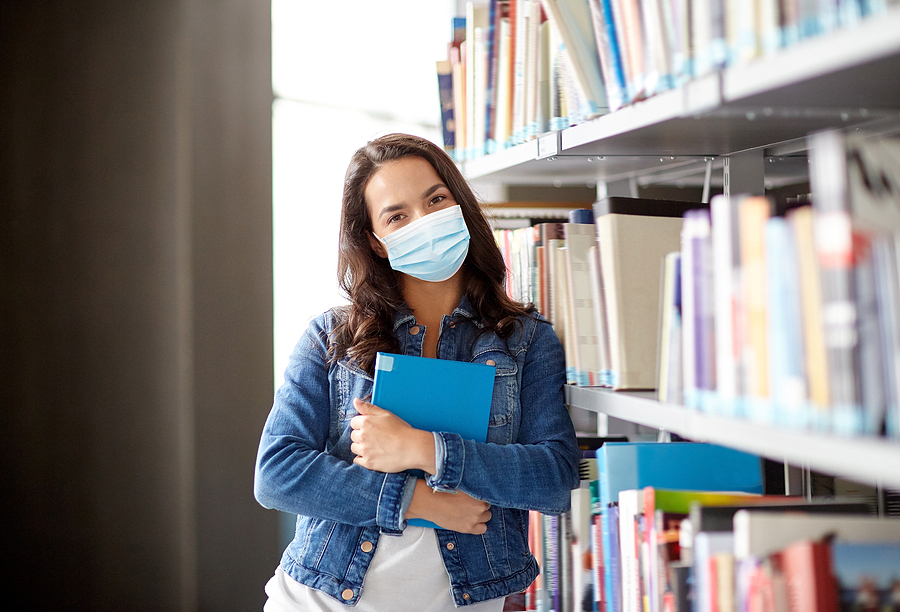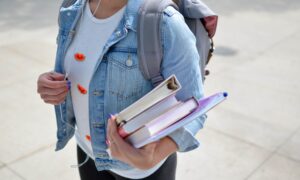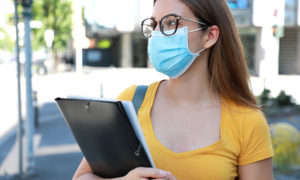asaT
he campus library is not only a trusted source of information but a refuge for college students. It’s where they find guidance, plug into resources, and build their community.
University libraries are currently busy preparing for the fall semester. But this year, they will have to navigate a series of limitations for the safety of students and staff.
Here are some strategies for turning libraries into safe spaces for students this coming semester and beyond.
Strengthen services
Although they may have to close off sections, separate furniture, and implement additional sanitation practices, university libraries nationwide are fighting to keep their doors open and make room for what matters most — the essential services they provide to the college community.
Libraries are a hub for services like research assistance, tutoring, and career planning, giving students a place to turn when they need help. But it can be challenging to promote personal connections and create a sense of community with so many new barriers in place.
By-appointment services are one way libraries can continue to personalize on-site support. By scheduling an appointment, students get the one-on-one assistance they need without feeling isolated by restrictions. Libraries may also choose to provide services virtually, via solutions like live chats, online forums, and video conferencing.
And even if on-site events are on hold for now, libraries can keep the community alive with video-based book readings and discussions, writing workshops, and other educational and interactive programs.
Expand resources
Of course, the library is best known for its wealth of resources. And students need those resources now more than ever.
Nearly 65% of college students say they’re facing economic difficulties this year, such as job losses and pay reductions. These are the students who will lean heavily on the library to provide them with technology, internet connection, and other critical resources.
Some libraries are already supplying students with laptops on loan so they can effectively complete coursework. Others are lending out mobile hotspots and/or extending the reach of their WiFi to areas surrounding the building. They’re also adding more digital resources — e-books, e-journals, software, etc. — that students can borrow or access from the safety of their homes.
Embrace contactless systems
Click-and-collect services have been instrumental in keeping libraries open while in-person visits are down. And as students return to campus, this contactless pickup method will continue to be the safest way to distribute resources.
Instead of walking around the library, finding the books they need, and checking them out at the front desk, students can select which books and other items they’d like to borrow through an online catalog. Library staff can then pull those selections from the shelves and ready them for pickup.
Though libraries can mail these resources out to students or offer curbside checkouts, they might find that smart lockers are a simpler, safer solution for the long term. Smart lockers are user-friendly and automated, work well for both pickups and returns, and secure a wide variety of items, including laptop rentals and private documents.
They also help librarians abide by public health recommendations. Research shows that it takes three days of quarantine before the SARS-CoV-2 virus is no longer detectable on materials like books and DVD cases. Through the smart locker system, administrators can prevent access to deposited books for that 72-hour period, after which the students or librarians will be able to retrieve them.
Could smart lockers help your campus library better support students this year? Contact us to learn more about this contactless solution.




